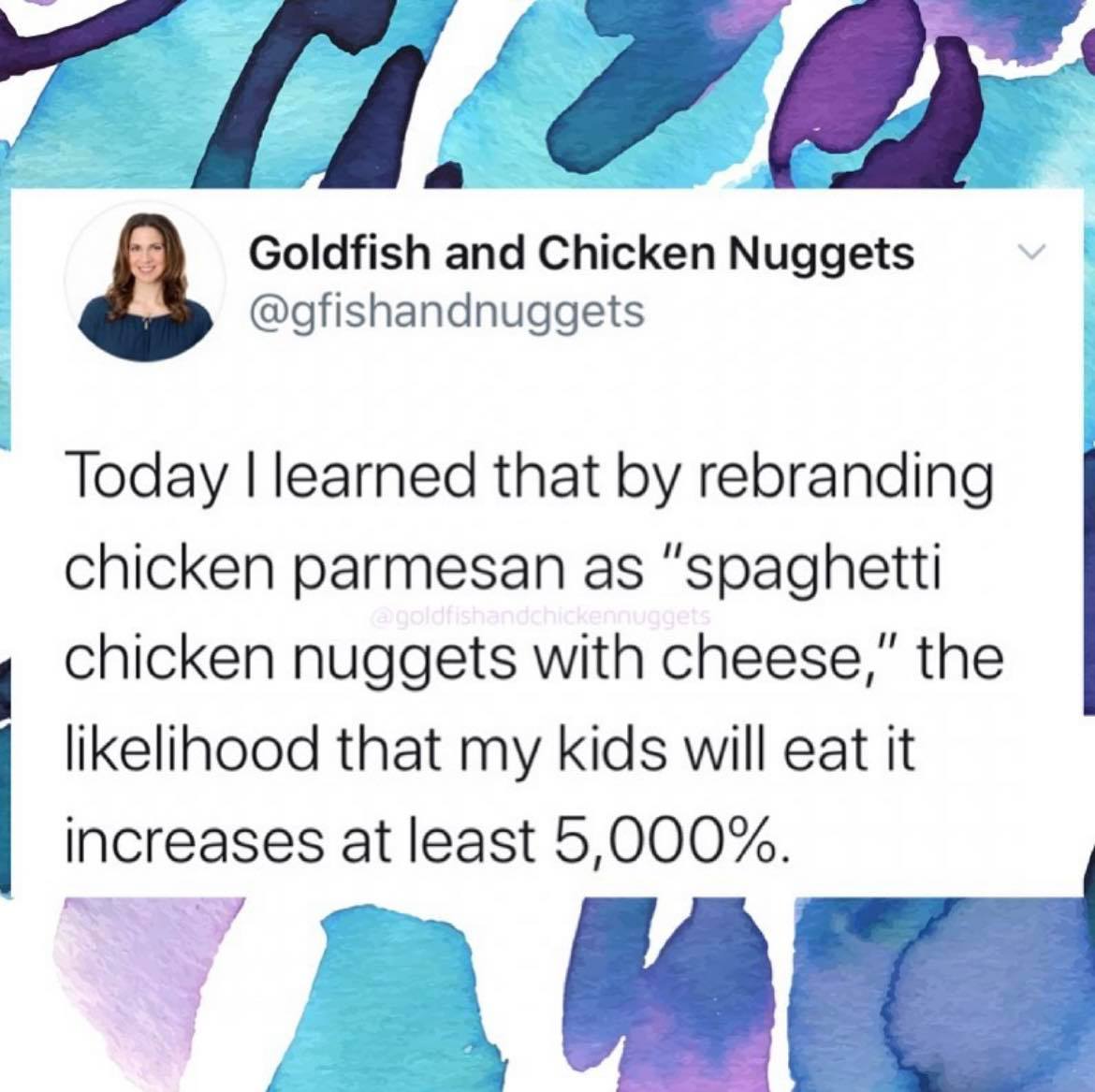Picky Eaters No More!
 Childhood obesity has reached a critical level in the US and around the world. As many as 1 in 3 children in the US are either overweight or obese according to a 2017 review by the Mayo Clinic. This trend, further explained by a research review published in Metabolism in 2018, is bringing about a surge of children being diagnosed with “adult” diseases such as type 2 diabetes, hypertension, nonalcoholic fatty liver disease, and obstructive sleep apnea.
Childhood obesity has reached a critical level in the US and around the world. As many as 1 in 3 children in the US are either overweight or obese according to a 2017 review by the Mayo Clinic. This trend, further explained by a research review published in Metabolism in 2018, is bringing about a surge of children being diagnosed with “adult” diseases such as type 2 diabetes, hypertension, nonalcoholic fatty liver disease, and obstructive sleep apnea.
Similarly, research shows adolescents who are obese have a higher risk of cardiovascular and metabolic disease such as type 2 diabetes. There is also a “strong association” between high BMI during adolescence and increased risk for leukemia, Hodgkin’s disease, colorectal cancer, breast cancer in adulthood.
Unfortunately, overweight youth who avoid these diseases, often remain overweight or obese as adults and higher health risks follow them throughout their lives.
The good news is that childhood obesity can largely be prevented!
While there are children who have a genetic predisposition for weight gain, the most common cause of childhood obesity as noted in the Mayo review is very simple – caloric intake is higher than caloric expenditure, or in other words, eating more than moving.
Dietary modifications and increased physical activity, (both typically things that happen within the family) are “the cornerstone of weight management in children.” So, in addition to incorporating movement into our daily activities, preparing a healthy meal will help the whole family achieve, and maintain, healthy weight.
But, this isn’t always easy when are children are picky eaters. Sure, fruits and vegetables are a HUGE part of a healthy eating plan, but how many children will choose baked potato over French fries? Or a fresh salad over Mac & Cheese? Or sweet, salty and fried versions of fruits and vegetables rather than fresh or baked.
Take heart. We’ve compiled some helpful ideas so you can ensure a healthy diet for even the pickiest eaters:
How Much is a Healthy Diet Worth?
Generations have struggled to get their children to eat their veggies using various methods, some more successful than others. A 2016 study in the Journal of Health Economics revealed that bribery can help shape children’s food choices for the better. When elementary children were given an incentive for eating fruits and vegetables during lunch, the number of children eating 1 or more servings doubled! Further, these results lasted beyond the incentive time frame. Two months after incentives stopped, about 60% of those who received incentives for 3 weeks were still consuming 1 or more servings of fruits and vegetables while the rate was even higher, at around 80% for those who were incentivized for 5 weeks!
Making Healthy Fun
Advertisers and marketers know well the influence they have on children’s food choices. A study published in the American Academy of Pediatrics Journal in 2016 revealed that something as simple as a vinyl banner displaying vegetable characters being fastened around the base of the salad bar for 6 weeks was enough to invoke a 90.5% INCREASE in students taking vegetables from the salad bar. When television segments featuring vegetable characters delivering messages about health education in the lunchroom were added to the vinyl sign promotion, 239.2% more students visited the salad bar! Of course, the effects of marketing unhealthy foods can have the same effect, but that is all the more reason to find ways of making healthy fun for our kids.
Broccoli, Berries, and Beets – Oh My!
Variety is our friend! Helping children develop good habits and a positive relationship with food at an early age by offering a variety of flavors and textures to their developing tastebuds can be crucial to long term healthy eating. It’s never too early to start! Some suggest that even what is eaten during pregnancy can impact a child’s food preferences.
Mommy blogger Jennifer Douglas, of Goldfish and Chicken Nuggets, found one trick that worked for her children.

Since all foods can’t be disguised as chicken nuggets, parent’s need more tools. Pediatric dietitian, and founder of “Kids Eat in Color”, Jennifer Anderson, has some practical suggestions to help. They might even help adults expand their palette as well!
- Start no pressure meals. You prepare the meal and allow them to decide how much to eat. She says over time, letting them choose helps them learn to like more foods.
- Say, “You can eat it when you’re ready.” Make at least 1 thing the child likes in each meal. There may be occasions where that’s the only thing the child eats, but “one meal isn’t going to outweigh the variety of food she eats in a week” Anderson says.
- Have closing hours for the kitchen. Don’t let kids graze all day. Having set meal and snack times can help them learn the difference between hunger and feeling satisfied. Plus, bonus is it makes your life easier since you only have to prep food at certain times.
- Sit down to eat. Just sitting down, away from distractions like the TV can help a child learn to listen to their body about what and how much to eat. Bonus is that sitting still to eat helps prevent choking!
- Grown-ups set the menu. Getting their input on foods they like is good. And when age appropriate, letting them help teaches them to do it themselves later on. But the adult is the ultimate authority on the menu. The adult ensures that the meals and snacks are balanced and then the child can select from the foods in front of them.
- Add fun food activities. Brings smiles by playing here comes the plane with your infant, or getting a “special” utensil, (perhaps a glittery fork for your little royal or a bulldozer spoon for the rough and tumble kiddo) or even cutting sandwiches into cool shapes for your kindergartener. It may spark interest and encourage a child to try a new food.
- Keep serving it. “No!” and “Yucky!’ are words that parents of toddlers frequently hear. However, research shows that continuing to offer the same foods without pressure, can increase their acceptance. While a toddler may declare the initial tasting to be gross, repeated exposures (even up to 15 for some) can increase the chances of accepting the food. Anderson says, “if you never serve it, they will never eat it.”
- Teach kids what foods do in their bodies. Saying a food is good or bad doesn’t necessarily help (esp. when the “bad foods like birthday cake taste so yummy!”) However, teaching them what the nutrients will do in their body helps them not only develop a good relationship with food, but also learn how to care for the body as a whole. An example that Anderson uses is “Carrots have vitamin A which helps us see in the dark.” Don’t be surprised if a child eats a food, then suddenly feels the immediate effects. A preschooler was told that shrimp (protein) would make him strong like daddy. That was enough to get him to taste it. He liked it and before leaving, was showing off his new, stronger muscles to the restaurant servers.
- Make dessert less exciting. Using dessert to bribe children to eat their meal can give the impression that the dessert is great, but those vegetables are gross. Instead, Anderson suggests “Try serving dessert with dinner. This will make dessert and all foods equal.”
- Model the behavior you want to see. When possible, eat with your child. They see how you eat: amount, what foods, what you enjoy and what you make faces at when you eat it. It’s ok to tell them you aren’t fond of a particular food, but seeing you try the food at different times will help them learn that taste buds change and sometimes, we learn to like a food.
- Use expert tools for extremely picky eaters. Overall, you want to be sure that your child is getting proper nutrition to grow and develop. When you’ve tried all you know to do, it may be time to seek advice from a nutritionist or your pediatrician who can determine if there is an underlying cause, and who may recommend supplements to help get all the proper nutrients in while you work on the picky eating.
Your doctor of chiropractic is well versed in healthy nutrition and diet for adults and children, and can be an excellent resource for learning how to eat to fuel the body. They can also help provide counseling in ways to incorporate movement for a healthy lifestyle overall. If additional help is needed, your chiropractor can connect you to other health professionals to guide you in this task.
Teaching children to eat healthy can feel like an uphill battle, especially in those toddler and preschool years. However, these tips and tools can help you win that battle. And who knows, you may improve your own nutrition along the way!
RESOURCES:
Anderson, Jennifer “Solve Picky Eating ~ 11 Expert Tips for Parents of Picky Eaters” https://kidseatincolor.com/picky-eating/\
Goldfish and Chicken nuggets Facebook post 2/15/22 https://www.facebook.com/goldfishandchickennuggets
Loewenstein, George Loewenstein; Price, Joseph; Volpp, Kevin. “Habit formation in children: Evidence from incentives for healthy eating”, Journal of Health Economics, Volume 45, 2016, Pages 47-54, ISSN 0167-6296, https://doi.org/10.1016/j.jhealeco.2015.11.004. (https://www.sciencedirect.com/science/article/pii/S0167629615001368)
Hanks AS, Just DR, Brumberg A. Marketing vegetables in elementary school cafeterias to increase uptake Pediatrics. 2016; 138(2):e20151720
Joseph Price, Kevin Volpp, Habit formation in children: Evidence from incentives for healthy eating, Journal of Health Economics, Volume 45, 2016, Pages 47-54, ISSN 0167-6296, https://doi.org/10.1016/j.jhealeco.2015.11.004. (https://www.sciencedirect.com/science/article/pii/S0167629615001368)
Hanks AS, Just DR, Brumberg A. Marketing vegetables in elementary school cafeterias to increase uptake Pediatrics. 2016; 138(2):e20151720
Howard, Jacqueline. “The superpowered secret to get kids to eat veggies” CNN Health https://www.cnn.com/2016/07/05/health/how-to-get-kids-to-eat-vegetables/index.html
Komninou, Sophia and The Conversation. “Helping kids build relationship with food is better than bribery” CNN Health 2:15 PM EST, Tue January 31, 2017 https://www.cnn.com/2017/01/30/health/kids-eat-vegetables-food-parenting-partner/index.html
Kumar S, Kelly AS. Review of Childhood Obesity: From Epidemiology, Etiology, and Comorbidities to Clinical Assessment and Treatment. Mayo Clin Proc. 2017 Feb;92(2):251-265. doi: 10.1016/j.mayocp.2016.09.017. Epub 2017 Jan 5. PMID: 28065514.
Weihrauch-Blüher S, Schwarz P, Klusmann JH. Childhood obesity: increased risk for cardiometabolic disease and cancer in adulthood. Metabolism. 2019 Mar;92:147-152. doi: 10.1016/j.metabol.2018.12.001. Epub 2018 Dec 5. PMID: 30529454.